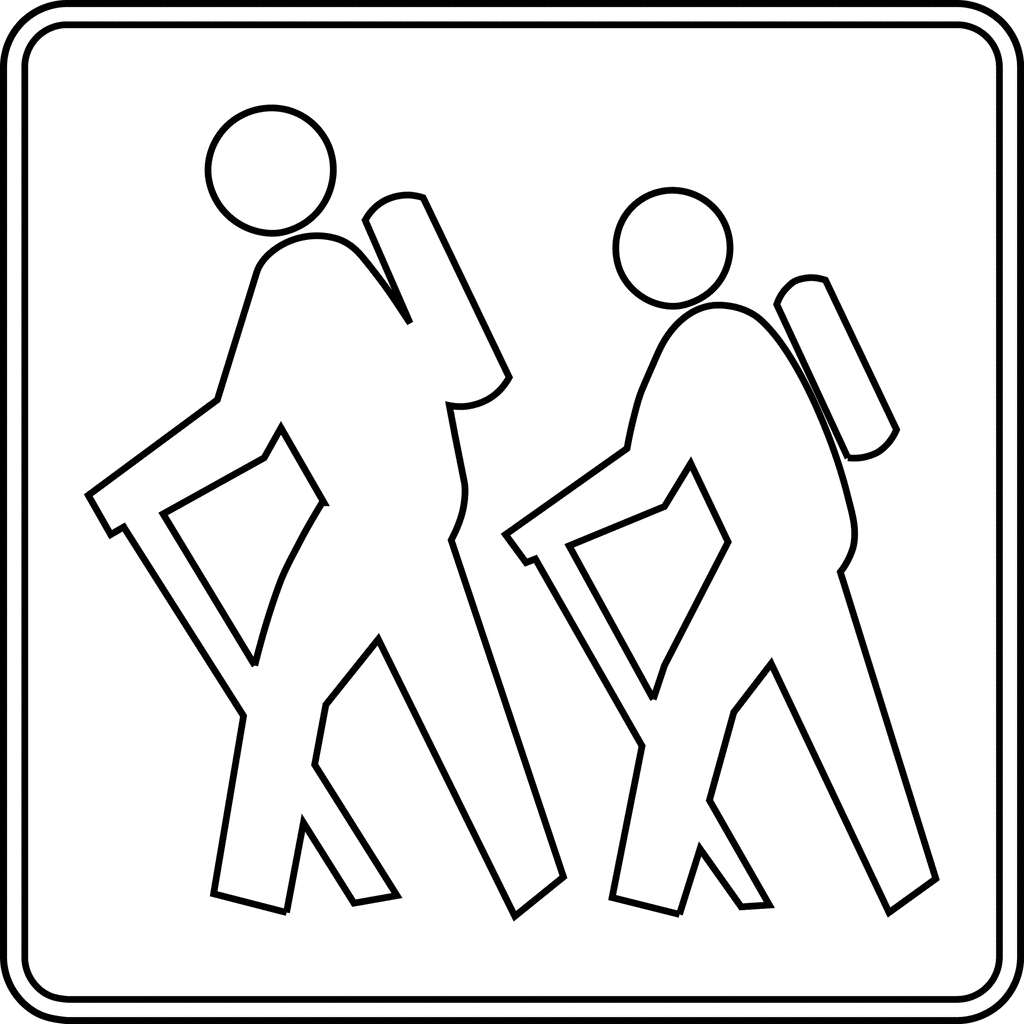WALK ROUTES
APRIL Walk - Richmond
North Yorkshire Dales
Organised by Keith King
Sunday April 8th 2018
OS Explorer 304
Toilet stop for all walks at Richmond.
Many shops open Sundays.
Short & stroll circular around Richmond.
Stroll - 4 or 6 mile
Flat(ish) East from Richmond past Easby Abbey to railway line.
Return along S. side river Swale to Richmond Bridge (4 mile), or continue to Caravan park (6 mile).
Short walk - 7 mile
170 meters steady climb from start. W. from Richmond to High Leases,
then N.W. past Willance`s Leap to Deepdale Tree. South to High Applegarth, east to Whitcliffe Farm. Choice of routes backto Richmond.
Medium & Long walks linear Reeth to Richmond
Medium walk - 12 mile
350 meters of climbing, 220m. at start. N.E. from Reeth to Prys Lead Mine, east to Munn End Gate, then S.E. to Marske. Return as long walk.
Long walk - 15 mile
North from Reeth to Hurst, N.E. to Goat`s Bridge, E. then S. to Hellwith Bridge. Go down west side of Marske Beck to Orgate Bridge, cross bridge,
then S.E. to Marske.
N.E. from Marske to High Applegarth, then choice of routes to Richmond.





Further information:
Richmond is a market town situated to the north of the county of North Yorkshire, on the River Swale and near the north-eastern border of the Yorkshire Dales National Park.
Richmond is the largest town on Alfred
Wainwright's world-famous Coast to
Coast route from St Bees to Robin
Hoods Bay.
Predominantly centred in and around
the large open cobbled market place in
the centre of the town, which also
contains the Church of the Holy Trinity, this attractive traditional Yorkshire town also has a good selection of shops, cafes and pubs. The main weekly market in Richmond is held on a Saturday in the central market place.
Many of the houses built in Georgian time surround the cobbled market place, said to be one of the largest in England, with the Church of the Holy Trinity and the Obelisk rising from its centre.
Visit the local Richmondshire Museum in the town to learn more about the history.
RICHMOND CASTLE
The town originally developed around its castle, a Norman castle constructed around 1086, and Richmond Castle is still the main attraction in the town, as it has been for almost 200 years. The castle, now managed by English Heritage, has substantial ruins including a large keep (added to the castle at the end of the 12th century), a Great hall, and substantial portions of the original defensive walls and towers. The views across Richmond and the region from the top of the keep are very impressive.
On the edge of Richmond there are some very scenic views along the Swale River including Richmond Falls, where the river cascades across a picturesque series of rock ledges. The ruins of 12th century Easby Abbey are close by.
Toilet stop at Richmond centre

